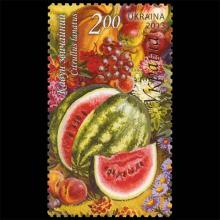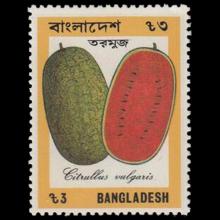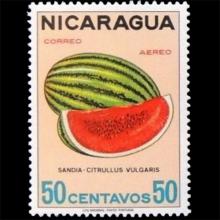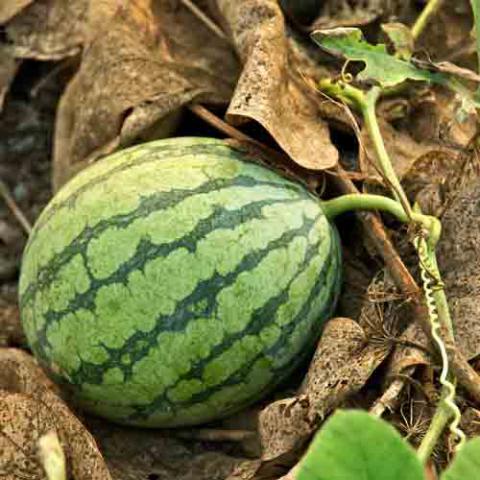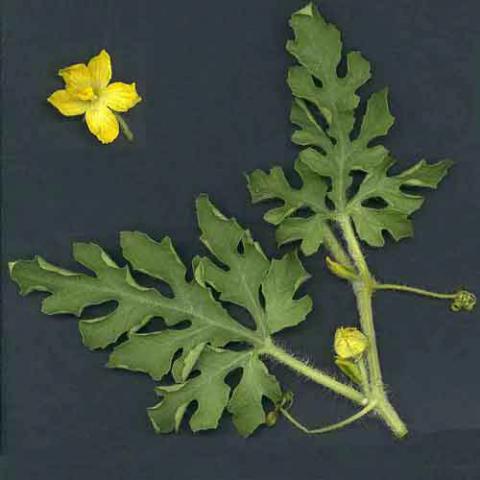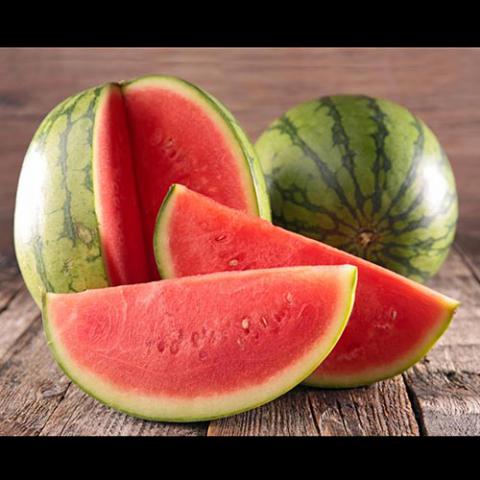NAME(S)
TAXONOMY
PLANTAE ID
THERAPEUTIC
Ukraine
Issued:
Stamp:
Citrullus lanatus
Bangladesh
Issued:
Stamp:
Citrullus lanatus
Nicaragua
Issued:
Stamp:
Citrullus lanatus
Ukraine
Issued:
Stamp:
Citrullus lanatus
Bangladesh
Issued:
Stamp:
Citrullus lanatus
Nicaragua
Issued:
Stamp:
Citrullus lanatus
Ukraine
Issued:
Stamp:
Citrullus lanatus
Bangladesh
Issued:
Stamp:
Citrullus lanatus
Nicaragua
Issued:
Stamp:
Citrullus lanatus
Nature morte à la pastèque (Still Life with Watermelons)
Pablo Picasso, 1962
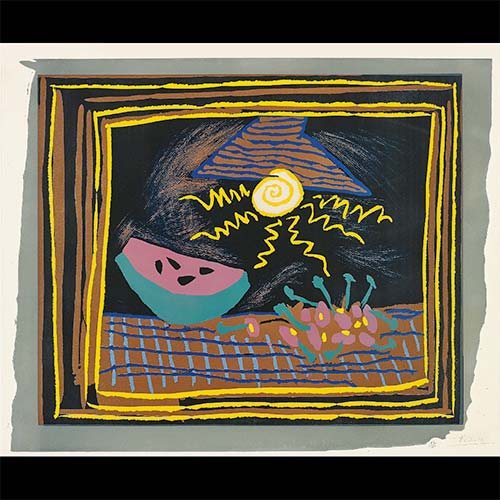
Pablo Picasso Nature morte à la pastèque (Still Life with Watermelons), 1962 exhibits a blistering yellow light beating down on fruit. The watermelon and cherries are placed on a table that is crosshatched with dark and light blue lines – creating the pattern of a cloth that covers the table. Those lines are mirrored in the light fixture hanging above the fruit. The image of the fruit is framed with yellow lines, bringing more light and warmth to the scene. The intense yellow, and the rays that stretch towards the fruit, brings with it a sense of hot summer, which is also the best time for cool, sweet watermelon to be consumed. In the heat of summer, the deliciously pink watermelon quenches the thirst of the viewer.
Most of Picasso’s linocuts consist of only two color blocks – however, Still Life with Watermelons uses 8 colors – a fact that shows Picasso’s mastery of this technique, as well as the intense care that he put into his artwork.
Reference: www.masterworksfineart.com
Genus species (Plantae): Citrullus lanatus
Watermelon (Citrullus lanatus) is a flowering plant species of the Cucurbitaceae family. A scrambling and trailing vine-like plant, it was originally domesticated in Africa. It is a highly cultivated fruit worldwide, with more than 1,000 varieties.
Wild watermelon seeds have been found in the prehistoric Libyan site of Uan Muhuggiag. There is also evidence from seeds in Pharaoh tombs of watermelon cultivation in Ancient Egypt.
Watermelon is grown in favorable climates from tropical to temperate regions worldwide for its large edible fruit, which is a berry with a hard rind and no internal divisions, and is botanically called a pepo. The sweet, juicy flesh is usually deep red to pink, with many black seeds, although seedless varieties exist. The fruit can be eaten raw or pickled, and the rind is edible after cooking. It may also be consumed as a juice or as an ingredient in mixed beverages.
Considerable breeding effort has developed disease-resistant varieties. Many cultivars are available that produce mature fruit within 100 days of planting. In 2017, China produced about two-thirds of the world total of watermelons.
Taxonomy
The sweet watermelon was formally described by Carl Linnaeus in 1753 and given the name Cucurbita citrullus. It was reassigned to the genus Citrullus in 1836, under the replacement name Citrullus vulgaris, by the German botanist Heinrich Adolf Schrader. (The International Code of Nomenclature for algae, fungi, and plants does not allow names like "Citrullus citrullus".)
The bitter wooly melon is the sister species of Citrullus ecirrhosus Cogn. from South African arid regions, while the sweet watermelon is closer to Citrullus mucosospermus (Fursa) Fursa from West Africa and populations from Sudan. The bitter wooly melon was formally described by Carl Peter Thunberg in 1794 and given the name Momordica lanata. It was reassigned to the genus Citrullus in 1916 by Japanese botanists Jinzō Matsumura and Takenoshin Nakai.
Reference: Wikipedia
Synonym: Citrullus vulgaris

